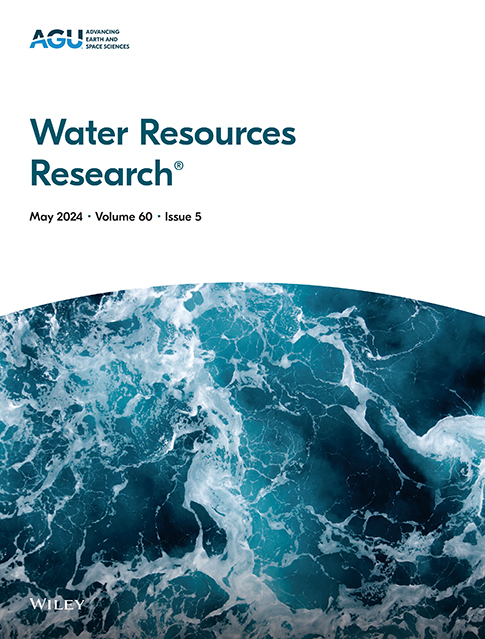Restoring Historic Forest Disturbance Frequency Would Partially Mitigate Droughts in the Central Sierra Nevada Mountains
IF 4.6
1区 地球科学
Q2 ENVIRONMENTAL SCIENCES
引用次数: 0
Abstract
Forest thinning and prescribed fire are expected to improve the climate resilience and water security of forests in the western U.S., but few studies have directly modeled the hydrological effects of multi-decadal landscape-scale forest disturbance. By updating a distributed process-based hydrological model (DHSVM) with vegetation maps from a distributed forest ecosystem model (LANDIS-II), we simulate the water resource impacts of forest management scenarios targeting partial or full restoration of the pre-colonial disturbance return interval in the central Sierra Nevada mountains. In a fully restored disturbance regime that includes fire, thinning, and insect mortality, reservoir inflow increases by 4%–9% total and 8%–14% in dry years. At sub-watershed scales (10–100 km2), thinning dense forests can increase streamflow by >20% in dry years. In a thinner forest, increased understory transpiration compensates for decreased overstory transpiration. Consequentially, 73% of streamflow gains are attributable to decreased overstory rain and snow interception loss. Thinner forests can increase headwater peak flows, but reservoir-scale peak flows are almost exclusively influenced by climate. Uncertainty in future precipitation causes high uncertainty in future water yield, but the additional water yield attributable to forest disturbance is about five times less sensitive to annual precipitation uncertainty. This partial decoupling of the streamflow disturbance response from annual precipitation makes disturbance especially valuable for water supply during dry years. Our study can increase confidence in the water resource benefits of restoring historic forest disturbance frequencies in the central Sierra Nevada mountains, and our modeling framework is widely applicable to other forested mountain landscapes.求助全文
约1分钟内获得全文
求助全文
来源期刊

Water Resources Research
环境科学-湖沼学
CiteScore
8.80
自引率
13.00%
发文量
599
审稿时长
3.5 months
期刊介绍:
Water Resources Research (WRR) is an interdisciplinary journal that focuses on hydrology and water resources. It publishes original research in the natural and social sciences of water. It emphasizes the role of water in the Earth system, including physical, chemical, biological, and ecological processes in water resources research and management, including social, policy, and public health implications. It encompasses observational, experimental, theoretical, analytical, numerical, and data-driven approaches that advance the science of water and its management. Submissions are evaluated for their novelty, accuracy, significance, and broader implications of the findings.
 求助内容:
求助内容: 应助结果提醒方式:
应助结果提醒方式:


